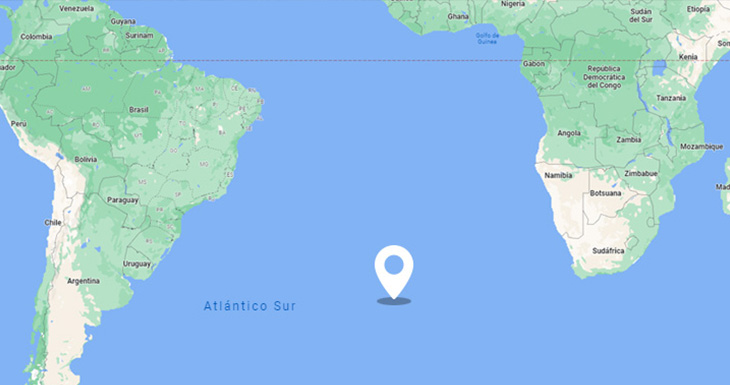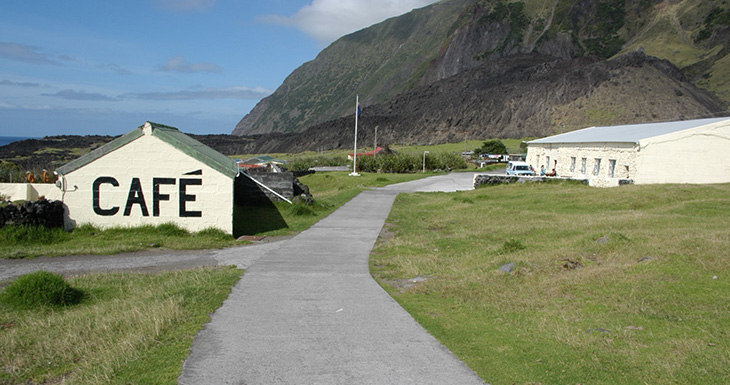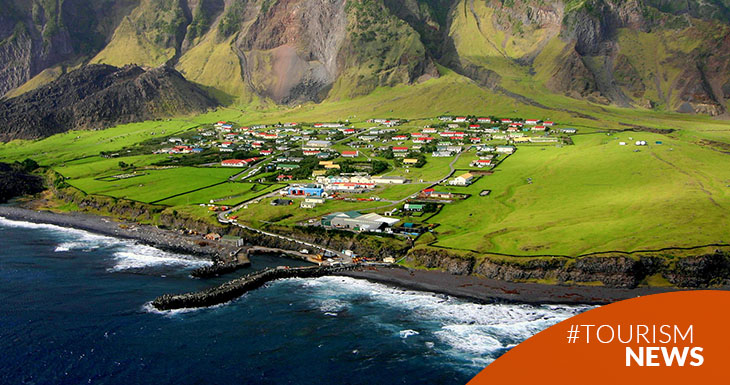The Tristán de Acuña archipelago is the most inaccessible inhabited place in the world. Its only settlement consists of around 300 inhabitants, and its economic activity is mostly subsistence. The island's income, approximately 70%, is based mainly on the sale and export of lobsters.
Its population lives on the island that gives its name to the volcanic archipelago, whose relief and small size (98 km²) have conditioned the history and way of life of those who have inhabited it.

It does not have an airport and its seaport is very small. If we wanted to get to Tristán de Acuña, it would take about 7 days from Cape Town in South Africa, as long as you get a ticket on board the ships that approach the archipelago, which frequency is, at most, once a month. We would even have to have the authorization of the Mayor of the Island, obtain a certificate from the British police and show that we have bought the return ticket to Cape Town. But Cape Town is not the closest inhabited place, but the island of Saint Helena, located 2,161 km to the north: 4 days by boat.
The town has a modern hospital and a modest school, both with a doctor and a teacher, respectively, who are on the island on temporary contracts from the United Kingdom. There is also a cafeteria, a hall for social events, a post office and a pub.

Source: oceanwide-expeditions.com
The rest of the islands that make up the archipelago are Inaccessible Island, Nightingale Island and Gough Island (also known as Gonçalo Alvares or Diego Alvares), all of them uninhabited.


